Three months later the planted tanks are growing well with a once per month watering (0.5L) I did have a bad problem after a few weeks with fungus gnats which is now sorted, an application of predatory Hypoaspis mites combined with a 3-4 inch section of sticky fly paper in the tanks severely depleted their numbers.
After the gnat numbers were considerably reduced I added tropical woodlice and British springtails to keep their population down and so far it has worked as there are only one or two that can be seen rather than hundreds.
This week I added approx 8-10 British woodlice to each tank as a top up to the cleaning crew.
Spider's will be added this week. and then we shall see if all the trouble has been worth it.
and then we shall see if all the trouble has been worth it.
LINK TO PREVIOUS THREAD
Before and after photos's.
Plants are Parlour palm (Chamaedorea elegans) and Spider plant (Chlorophytum comosum)
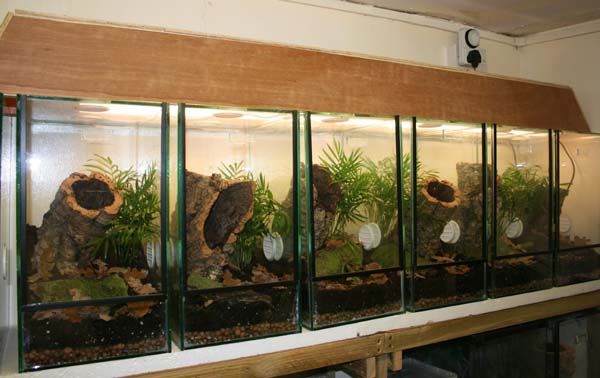
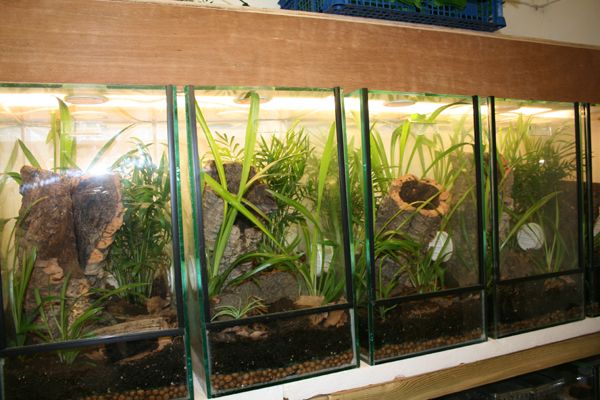
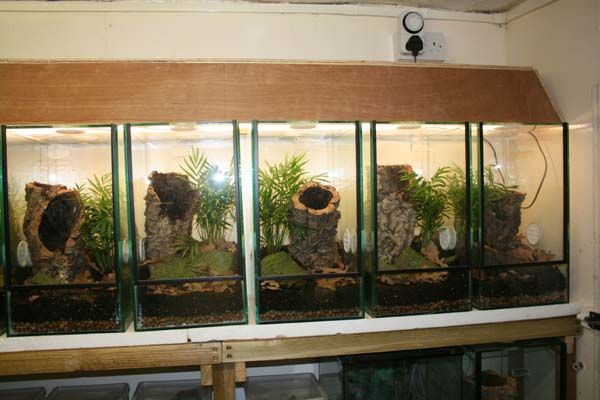
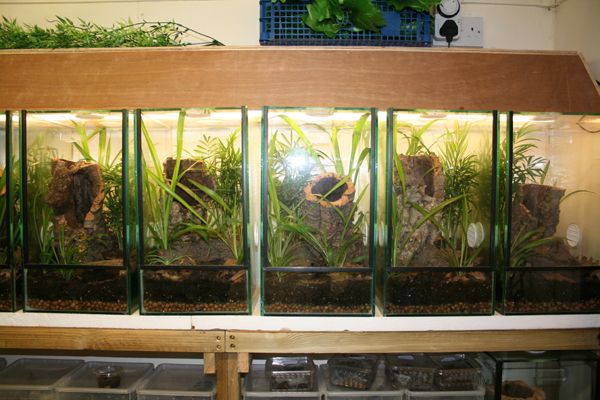
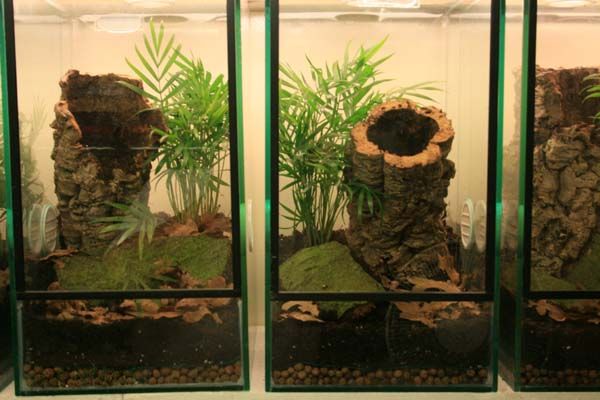
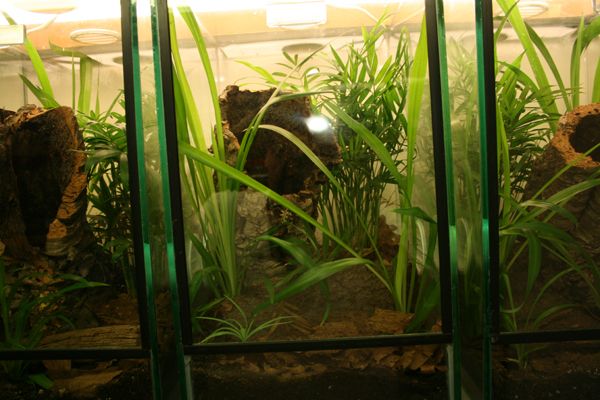
After the gnat numbers were considerably reduced I added tropical woodlice and British springtails to keep their population down and so far it has worked as there are only one or two that can be seen rather than hundreds.
This week I added approx 8-10 British woodlice to each tank as a top up to the cleaning crew.
Spider's will be added this week.
LINK TO PREVIOUS THREAD
Before and after photos's.
Plants are Parlour palm (Chamaedorea elegans) and Spider plant (Chlorophytum comosum)










Comment